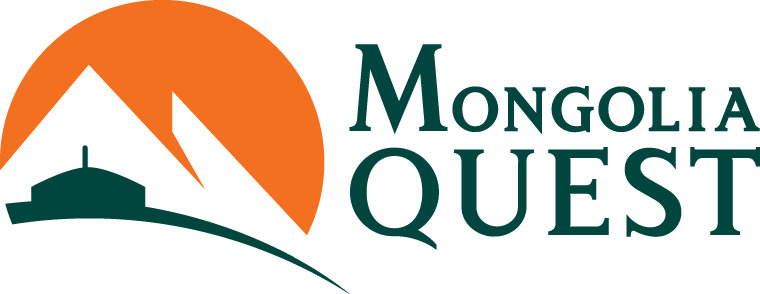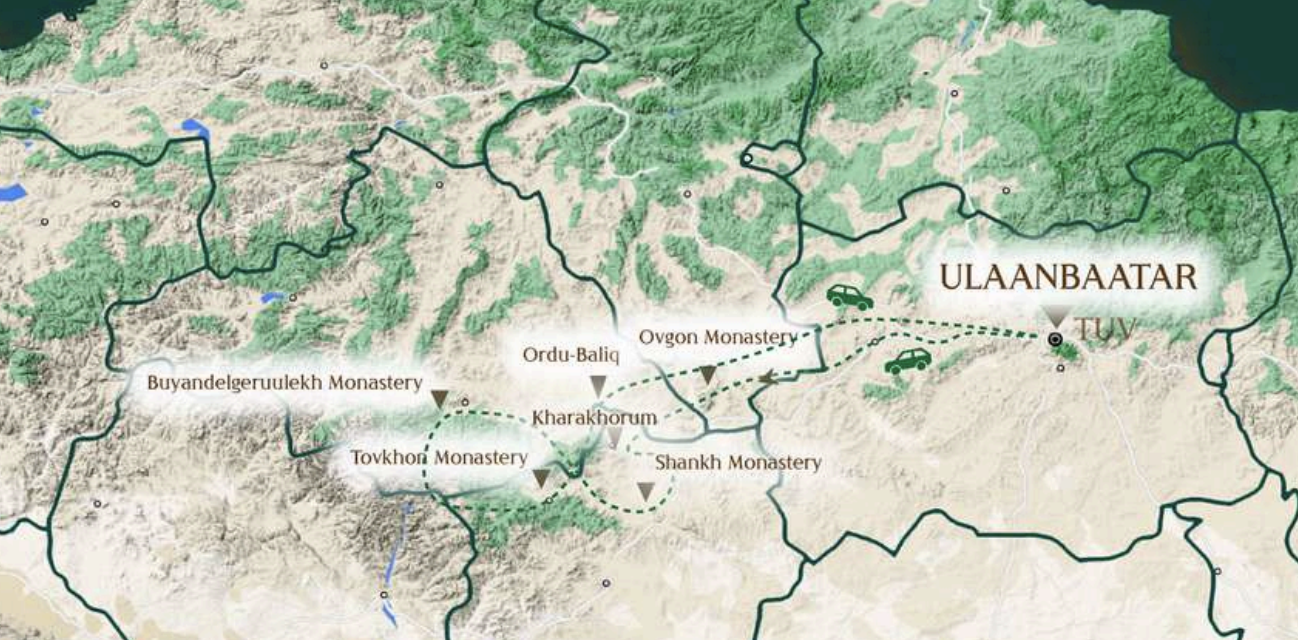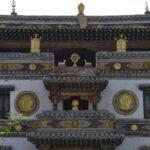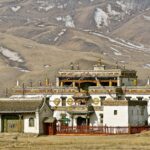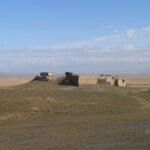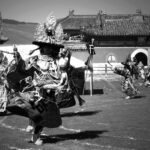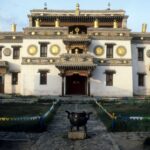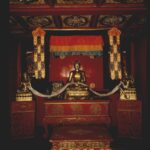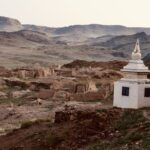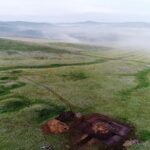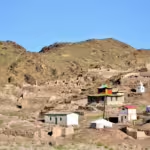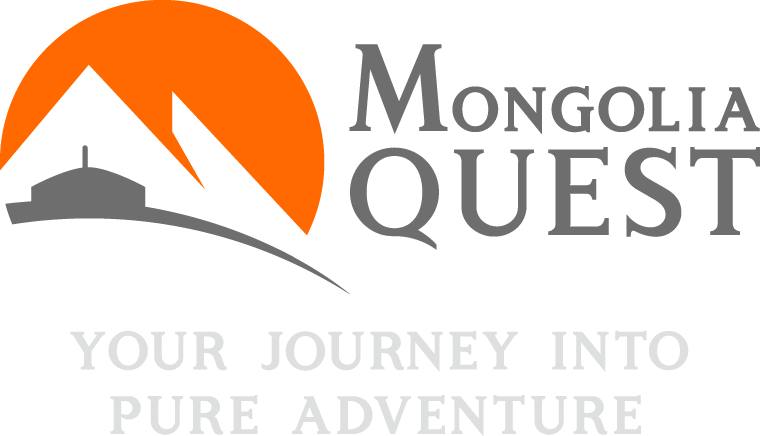Trip Summary
Mongolia is a place with rich cultural and natural heritage. Buddhism came to Mongolia in three major waves, beginning with the Xiongnu or Hunnu in the 3rd century BC and continuing through the era of the Great Mongol Empire. The third wave arrived in 1578 from Tibet, when Altan Khan proclaimed Sonam Gyatso, a leader of the rising Gelug lineage, as a Dalai Lama – leader of all Buddhists. In return, Altan Khan was recognized as a direct descendant of Genghis Khan himself. Since then, Buddhist monasteries have proliferated across Mongolia, reaching a peak of 4,000 by the early 20th century. Over 300 years, Mongolian artisans created thousands of masterpieces and established their own school of Buddhist art, making Mongolia renowned worldwide as a Buddhist nation with distinct cultural differences. This program will allow you to discover the best of Mongolian Buddhist art through one of our expert guides.
Trip Highlights
WHAT YOU CAN EXPECT…
- Explore Mongolian Buddhist art guided by knowledgeable experts;
- Visit significant Buddhist monasteries and learn about Mongolia’s unique spiritual traditions;
- Witness thousands of Buddhist masterpieces and learn about the distinctive Mongolian school of Buddhist art;
- Discover the evolution of Mongolian Buddhism from its origins to its flourishing during the Great Mongol Empire.
THIS TOUR IS PERFECT FOR…
- Art and History Enthusiasts who are interested in Buddhist art, history, and cultural evolution.
- Travelers seeking immersive experiences in unique spiritual traditions.
- Individuals passionate about uncovering the historical and artistic treasures of ancient civilizations.
Trip Map & Itinerary
Upon arrival at Chinggis Khaan International Airport, you’ll be greeted by your Mongolia Quest guide and transferred to your hotel. The evening begins with a trip briefing from our expedition leader, followed by a welcome dinner at a renowned local restaurant. Stay overnight at the hotel. (Hotel Shangri La or similar; D)
Today’s journey begins at Gandan Monastery, showcasing a 90-feet Avalokiteshvara statue, a symbol of Mongolia’s spirit. We’ll explore the Zanabazar Museum of Fine Arts’ treasures, then end the day with traditional throat singing and a farewell dinner. (Hotel Shangri La or similar; B, L, D )
Drive to the breathtaking Hogno Han Mountains, where steppe, desert, and forest meet. Visit the historic Ovgon Monastery, first established in 1660, later destroyed, and now partially restored. Enjoy an evening hike in this diverse landscape. Stay in traditional gers, with dining and modern facilities in a central building. Dinner and overnight at the Ger Camp. (Approx. 5 hours driving; Ger Camp; B, L, D included)
After breakfast, we embark on a short drive to Kharakhorum, established by Ögedei Khan, Genghis Khan’s son. Nestled in the Orkhon River valley, this area is rich in archaeological treasures spanning 2000 years, including ancient burial sites and ruins predating Genghis Khan. We’ll visit the stunning Erdene Zuu Monastery, Mongolia’s iconic Buddhist site, encircled by 108 stupas, offering a perfect backdrop for photos. The day concludes with a traditional Mongolian barbeque dinner. (Ger Camp; B, L, D)
Morning visit to Shankh Khiid, a historic monastery near Erdene Zuu. Destroyed by communists, it’s now under restoration. After lunch, experience nomadic life with a local herder family. (Ger Camp; B, L, D)
Today, drive to Arkhangai, known for its beauty. Explore Buyandelgeruulekh Monastery, saved from destruction by becoming a museum during communist purges. In the afternoon, visit the local market and taste Arkhangai Province’s rich dairy products. Stay at a local ger camp. (Ger Camp; B, L, D)
Journey to Tövkhön Monastery, constructed in the 17th century for the esteemed Buddhist leader Zanabazar. Despite heavy destruction in the 20th-century communist purges, ongoing reconstruction is underway. Perched atop a mountain, the monastery provides breathtaking views. The trip includes a 4-hour hike through grassy slopes with a packed lunch. Return to the ger camp for dinner and overnight. (Ger Camp; B, L, D)
In the morning, commence our return journey to Ulaanbaatar, making stops at two historically significant city ruins. First, explore the remnants of the Uyghur Empire capital, Khar Balgas, a vast citadel from the 8th-9th centuries. Next, visit the ruins of Prince Tsogt, a central Mongolian patriot from the 17th century. Arrive in Ulaanbaatar in the afternoon and relish dinner at a local restaurant. (Hotel SHangri La or similar; B, L, D)
Explore Ulaanbaatar’s monastic treasures: Dambadarjaalin Monastery, built in 1761-1765, partially restored after the 1930s purges; and Dashchoilin Monastery, revived post-communism by 100+ resident monks, showcasing the Tsam religious play. Enjoy dinner at a local restaurant. (Hotel Shangri La or similar; B, L, D)
Explore the Choijin Lama Museum, a 20th-century cultural gem with 5 temples and 5 arched gates, featuring unique artifacts, sculptures, and the embalmed mummy of Choijin Lama’s teacher. After lunch, visit the Bogd Khan Winter Palace, Mongolia’s first national historical museum, showcasing objects from the 17th to early 20th centuries. The collection includes royal clothing, artwork, and personal items. Conclude your day with a farewell dinner at a local restaurant. (Hotel Shangri La or similar; B, L, D)
Pricing
- Land transportation based on using Toyota Land Cruiser jeeps seating 3 passengers each;
- Accommodations in a standard room at hotels, gers and expedition style camping in the countryside;
- Airport arrival and departure transfers;
- Sleeping bags; and mats;
- All meals indicated as B, L or D;
- All entrance fees as indicated in the itinerary;
- English speaking national guide throughout your stay; B
- Bottled water per person per day and unlimited supply of boiled waters.
- Domestic and international airfare;
- Personal laundry;
- Drinks not mentioned in the itinerary;
- Travel insurance;
- Medical evacuation costs;
- Excess baggage charges;
- Visa fees;
- Gratuities;
- Photography and video fees
- Any other item not mentioned as included.
